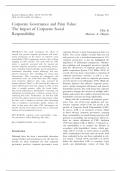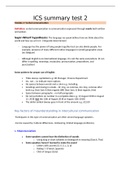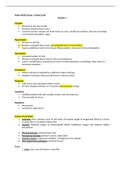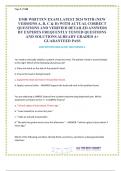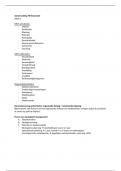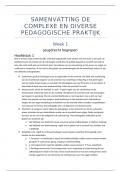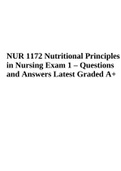Samenvatting
Summary Corporate Governance and Firm Value: The Impact of Corporate Social Responsibility
- Vak
- Instelling
- Boek
This study investigates the effects of internal and external corporate governance and moni- toring mechanisms on the choice of corporate social responsibility (CSR) engagement and the value of firms engaging in CSR activities. The study finds the CSR choice is positively associated with the ...
[Meer zien]
